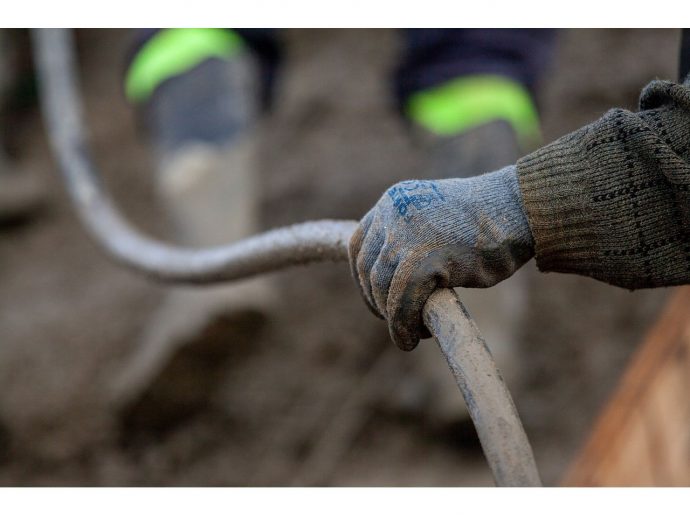Categories more
- Adventures (17)
- Arts / Collectables (15)
- Automotive (37)
- Aviation (11)
- Bath, Body, & Health (77)
- Children (6)
- Cigars / Spirits (32)
- Cuisine (16)
- Design/Architecture (22)
- Electronics (13)
- Entertainment (4)
- Event Planning (5)
- Fashion (46)
- Finance (9)
- Gifts / Misc (6)
- Home Decor (45)
- Jewelry (41)
- Pets (3)
- Philanthropy (1)
- Real Estate (16)
- Services (23)
- Sports / Golf (14)
- Vacation / Travel (60)
- Watches / Pens (15)
- Wines / Vines (24)
- Yachting / Boating (17)
What to Consider Before Buying Hand Protection Tools for Industrial Safety
Published
08/17/2025In Australia, work-related hand and wrist injuries account for around 38% of all occupational hospitalisations, resulting in approximately 8,400 admissions each year. In industrial environments, choosing the correct tools and gloves is critical to ensure both safety and efficiency. The selection process involves more than just picking something off the shelf; it requires an understanding of hazards, comfort, and compliance. By evaluating key factors, you can make an informed choice that reduces risks while enhancing productivity.
Know the Purpose and Hazards
Selecting the right hand protection begins with identifying the specific hazards present in your workplace. This may include exposure to sharp objects, extreme temperatures, chemicals, or heavy machinery. Each risk requires a different material, thickness, or design. Conducting a hazard assessment with your safety officer ensures you match the right gear to the job. For example, cut-resistant gloves are ideal for metal fabrication, while chemical-resistant types are better suited for laboratory or cleaning work.
Check Material and Durability
The materials used in protective tools and gloves significantly impact their performance. Leather, nitrile, rubber, and Kevlar each offer unique benefits for different industries. For heavy-duty work, durability is key; gloves should withstand wear without compromising flexibility. In addition, consider how long the product will last under regular use. A low-cost option that wears out quickly may be less economical in the long run compared to a higher-quality, long-lasting model.
Focus on Fit and Wearability
Even the most protective tool will be ineffective if it’s uncomfortable or hinders movement. Workers are more likely to remove gear that causes discomfort, increasing their risk of injury. Proper fit prevents slippage, allows dexterity, and minimises fatigue. Look for ergonomic designs that follow the natural shape of the hand. Breathable fabrics, cushioned grips, and adjustable closures can also improve user experience, especially during long shifts.
Verify Compliance and Certifications
Industrial safety equipment should meet relevant industry standards and certifications. Depending on the country and industry, this may include OSHA guidelines, ANSI ratings, or EN standards. These certifications ensure the equipment has been tested for specific hazards. Buying uncertified gear not only increases risk but can also result in legal or insurance issues for the employer. Always request documentation from the supplier to confirm compliance.
Additional Considerations Before Purchase
When narrowing down your options for hand protection gloves, keep these points in mind:
- Task-specific features: Reinforced fingertips, anti-vibration padding, or chemical resistance.
- Maintenance needs: Washable or disposable, depending on hygiene requirements.
- Cost versus lifespan: A Higher upfront cost can mean longer durability.
- Supplier reliability: Established brands often provide consistent quality.
- Stock availability: Ensure the supplier can provide consistent inventory for ongoing needs.
- Warranty and support: Look for manufacturers that offer guarantees and responsive after-sales service.
- User feedback: Involve workers in trials to assess comfort, fit, and usability before making bulk purchases.
Choosing the right tools for hand safety in industrial settings requires more than just checking the price tag. By assessing hazards, materials, comfort, and compliance, you can select equipment that offers both protection and practicality. Well-chosen gear not only reduces injury risks but also supports productivity by allowing workers to perform their tasks confidently and efficiently.















